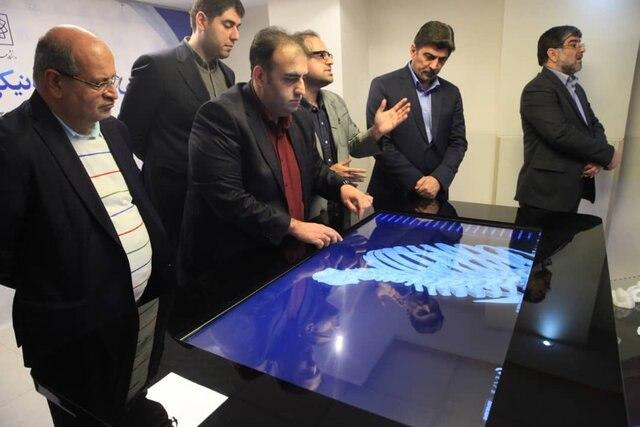The product was developed by a group of students at a knowledge-based pharmaceutical sciences company affiliated with Shahid Baheshti University of Medical Sciences, said an official.
“We began simulation work at the university in 2014, and the primary objective was not to develop a product only, but to create a platform and domestically develop the technology from A to Z,’ said Dr. Rezqi, Vice-Chancellor for Research and Technology at Shahid Beheshti University of Medical Sciences.
He said the newly developed software has numerous educational and medical applications.
“This software includes the world’s largest educational anatomy database with more than 20 models, real human bodies, and over 30,000 anatomical parts,” he said.
“The software is capable of simulating more than 5,000 models for specialized anatomical radiological education, and a unique model for specialized training on the bran and nerves,” he said.
For a brief review of Iran’s achievements in various fields of science and technology, check the book “Science and Technology in Iran: A Brief Review – 2019”
He added the software is also capable of reading radiological, MRI, CT Scan and X-RAY data and turning them into a 3-D format.
Among the features of the apparatus and software is high scientific precision, the ability to re-read and reconstruct radiological images, simulate the anatomical model of the brain, the embryo’s anatomy and some models of animals.
One of the major advantages of the apparatus is that it can support more than 20 bodies and schematic models while similar European and American devices can support only one or two.
